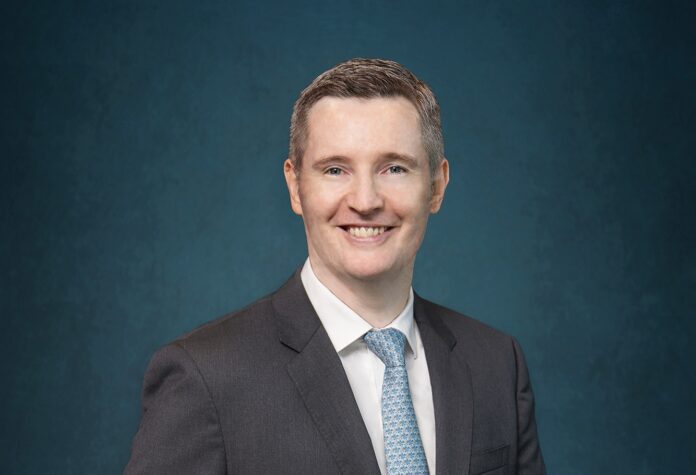The Philippines stands out as a resilient investment destination in Manulife Investment Management’s 2025 Midyear Market Outlook, which presents a mixed global economic picture marked by rising policy uncertainty, uneven growth, and diverging monetary policies.
Amid these global dynamics, Asia, and particularly economies like the Philippines, is emerging as a bright spot, thanks to favorable demographics, ongoing reforms, and strong internal demand.
Manulife underscores the country’s strategic position as it navigates external shocks such as higher U.S. tariffs and slowing global growth. According to Murray Collis, head of Asia ex-Japan fixed income at Manulife, the Bangko Sentral ng Pilipinas (BSP) is among the regional central banks — alongside those in Malaysia, Thailand, and Indonesia — with room to cut rates to cushion the domestic economy.
“As the U.S. dollar underperforms and global investors seek diversification, Asia fixed income is benefiting,” said Collis. He noted that local bonds have outperformed and Asian credit remains resilient due to attractive yields and lower duration risk — a trend expected to continue through 2025.
The Philippines also features prominently in the firm’s equity outlook. Charlie Dutton, head of emerging market equities, highlighted the growing appeal of ASEAN markets including the Philippines, driven by favorable policy shifts, digital inclusion, and rising domestic consumption.
“The Philippines and ASEAN markets are increasingly attractive due to favorable demographics, infrastructure momentum, and policy reform,” said Dutton. He added that structural themes like AI localization, healthcare innovation, and tech self-sufficiency — particularly in China and Taiwan — further strengthen Asia’s investment case.
Globally, however, the outlook remains complex. Luke Browne, global head of multi-asset solutions at Manulife, said what began as a synchronized global easing cycle in early 2025 has now splintered. U.S. policy shifts, trade tensions, and fiscal uncertainty are creating ripple effects across capital markets.
Although inflationary pressures have moderated, global growth has become uneven. The U.S. Federal Reserve is expected to cut rates to 3.5 percent by mid-2026, though this depends on domestic job creation, trade policy, and fiscal conditions. In Europe, growth remains subdued despite manufacturing stabilization, while Japan is entering a new investment cycle led by wage-driven inflation and structural reforms.
Emerging markets (EMs) with robust internal demand and low exposure to U.S. trade tensions are faring better than export-heavy peers. In this context, economies like the Philippines, with their structural resilience and policy flexibility, are seen as relatively insulated from global shocks.
Despite the global volatility, Manulife remains bullish on Asia equities, citing long-term structural tailwinds such as digital transformation and localized supply chains. The firm anticipates continued capital reallocations toward the region in the second half of 2025.
For the Philippines, these developments represent both a buffer and an opportunity — reinforcing its position as a rising magnet for investors seeking stability and long-term growth in a turbulent global environment.







